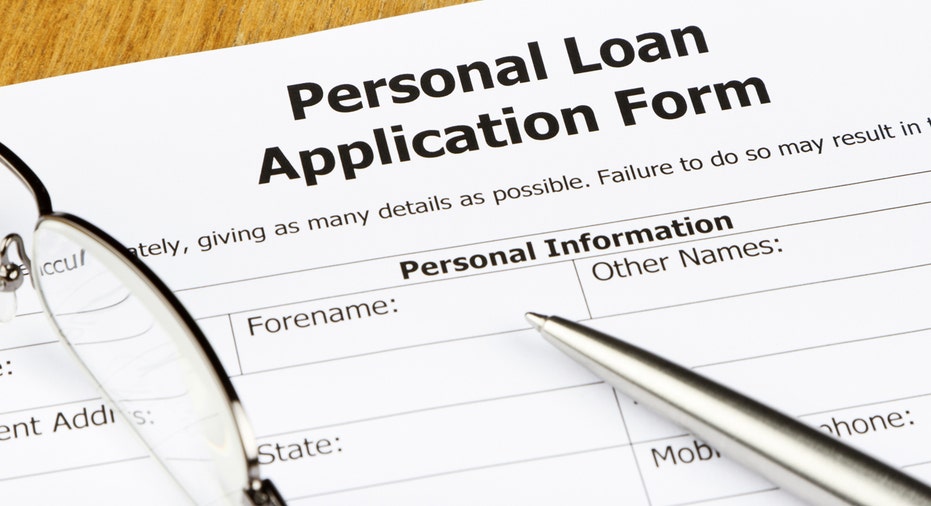Personal Loan Rates Unlikely to Jump After Fed Rate Hike

Though the Federal Reserve has nudged interest rates up, personal loans should remain an attractive option for many borrowers.
The Fed's rate-setting committee bumped short-term interest rates up by a quarter percentage point at its December meeting. That move may prompt some lenders to raise interest rates.
But personal loan rates, which have declined for much of 2016, may not rise significantly as a result, says Greg McBride, CFA, Bankrate's chief financial analyst.
"You won't see a sea change in the personal loan marketplace," McBride says. "Gradually, you may see terms change for new loans, but there's still plenty of competition that will keep a lid on those increases."
RATE SEARCH: If holiday debt has you worried, consider a personal loan today.
In Bankrate's national survey of interest rates from banks and thrifts for Dec. 13, 2016, the rate on personal loans held steady at 10.68 percent for the fourth consecutive week. The survey was taken before the Fed announced its rate decision.
The average rate is just off the low point of the year, which was 10.64 percent, and is down nearly three-quarters of a percentage point from the 2016 high. A year ago, interest on the average personal loan was 11.09 percent.
Personal Loans are Booming
Those low interest rates are one reason why so many consumers have rushed to open a personal loan. The credit bureau TransUnion says personal loan originations grew faster in 2016 than for any other kind of loan product.
The number of open personal loans grew 13.2 percent, from 14.9 million in 2015 to 16.18 million in September. TransUnion projects loan balances will continue to grow in 2017, as more borrowers with good credit apply for loans.
"Coming out of the recession and before the fintech boom started, it was a lot more of a non-prime and subprime product," says Jason Laky, a TransUnion senior vice president and consumer lending business leader. "Today, we're seeing subprime as less and less of a percentage of the portfolio."
In fact, the share of subprime personal loan borrowers consumers with credit scores typically below 600 has fallen from more than a third of all accounts in 2009 to just over one quarter today.
Borrowers today not only have higher credit scores, on average, but they also take out larger loans.
The average personal loan balance today is $7,729 and is expected to grow to $7,980 by the end of next year.
"Prime consumers tend to take out larger loans, they push the balance up," Laky says.
But even as more consumers with good credit take out personal loans, those with poor credit are expected to drive delinquencies up for the first time since 2014. The delinquency rate at the close of this year is expected to be 3.66 percent, climbing to 3.72 percent by the end of 2017.
That's still lower than the 5 percent peak reached at the end of 2009, TransUnion data shows.
RATE SEARCH: A balance transfer credit card can save you hundreds of dollars.
Balance Transfer vs. Personal Loan
The average personal loan rate remains much cheaper than what the typical credit card charges in interest. Personal loans may be an attractive option for some borrowers looking to ditch high-interest credit card payments.
But borrowers with excellent credit should look first at zero-interest balance transfer offers. There are still plenty of offers that give borrowers as long as 18-21 months to repay their balance without incurring interest charges.
"If you've got good credit, that's really the first thing you're going to want to look at, unless you have a debt you're not going to be able to pay off in a 21-month period," McBride says. "Even then, try like heck to do it."
Consider a personal loan as a supplement if you are not going to be able to consolidate all of your debt onto one credit card, McBride says.
"You might end up having to employ a couple of different lower-rate options," he says.
Copyright 2016, Bankrate Inc.